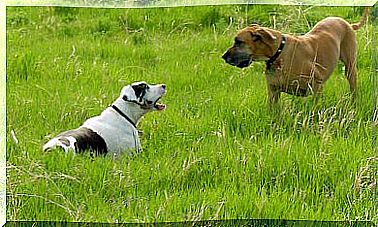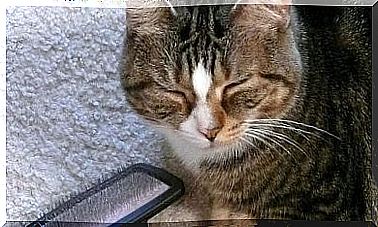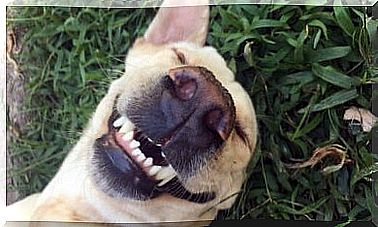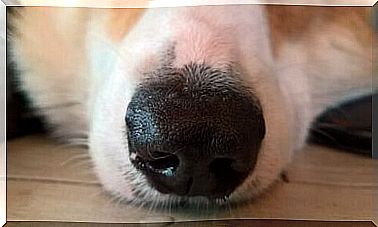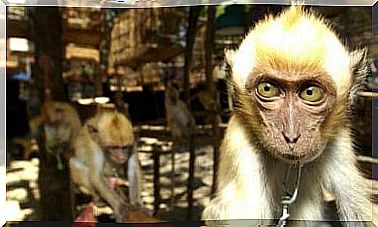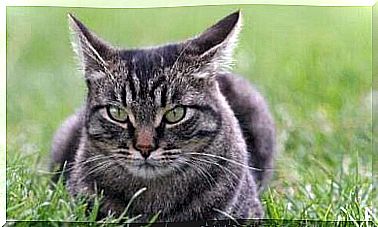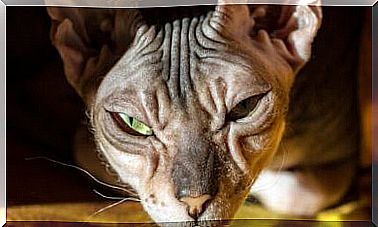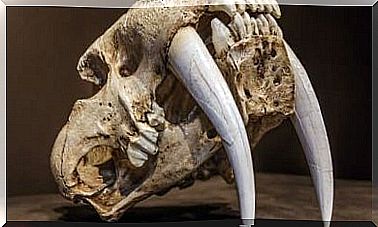Attachment In Rescued Wild Animals
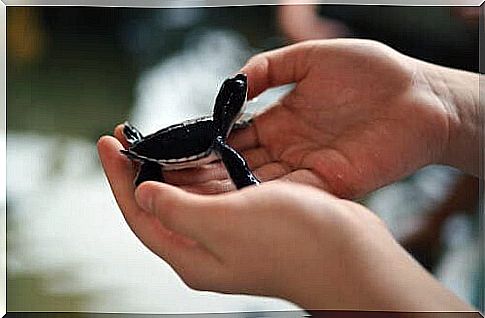
Attachment in rescued wild animals, scientifically known as imprinting, is one of the consequences that occur when very young wild animals are rescued in the wild.
In this article, we talk about attachment in rescued wild animals.
Wild Animals Rescued: Why It’s Important to Save Them
When birds or newborn mammals are saved, that is, they need imprinting , if the right measures are not taken, when these animals begin to grow and have more autonomy, they will think that their savior is their “mother. “.
At the same time, the rescue of wildlife, both wild and urban, is essential for the conservation of the species. In fact, saving the single specimen obtains very important data on the species as such. For instance:
- Anatomical data.
- Geographical distribution.
- Migration routes.
- Main diseases.
- Potential dangers and threats to its conservation, etc.
Attachment is not a problem in the case of rescued wild animals that cannot return to their natural condition and must remain in a wildlife conservation center. In fact, the development of a bond between the rescuer and the rescued animal facilitates the management and stay of the specimen at the center.
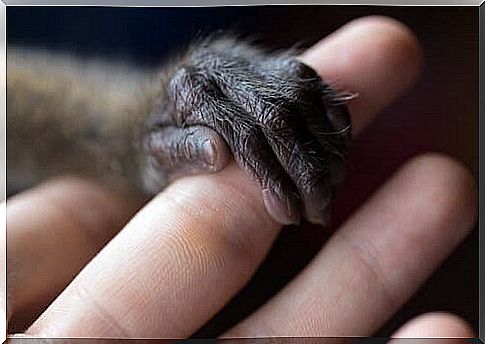
If there are any chances that the animal can return to the wild, the rescuer must provide a series of care, aimed at meeting its needs, without leaving a mark as such. This prevents the animal’s chances of survival from being drastically reduced.
How do animals get to the rescue centers?
Thousands of species arrive each year in wildlife rescue centers or treatment, evaluation and rehabilitation centers. These can belong to any animal group, from arthropods, such as spiders, to mammals, such as bears.
There are several reasons why an animal can end up in such a center:
- Animals injured by fighting, or that have been in contact with electric cables or suffering from diseases that reduce their mobility.
- Species seized at airports or saved from illegal trafficking of exotic species.
- Urban fauna (sparrows, swifts …) saved by citizens.
- Abandonment of exotic species by irresponsible owners.
- Exotic species in the wild captured by forest rangers or trained personnel.
As we can see, an animal can end up in a recovery center for many reasons. In most cases, the animals have been mistreated and are victims of the illegal trafficking of the species.
These usually come from other countries, making it virtually impossible to return them to their place of origin. Furthermore, they rarely survive after the trip.
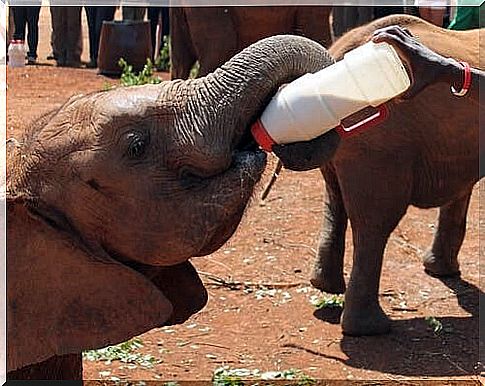
Wildlife management
Usually, animals belonging to invasive alien species and which did not arrive at the center following a confiscation, are systematically killed by euthanasia. This is done because that is what the legislation requires. On the other hand, these animals represent a serious danger to the indigenous fauna and flora.
Animals that arrive at the center following a seizure, i.e. intercepted by the police at customs, usually remain for years, until the end of the judicial procedure. Even in these cases, euthanasia is generally practiced.
Instead, when species belonging to the native fauna arrive, another protocol is followed:
- If the animal is healthy and does not have any type of pathology or discomfort, it is reintegrated in nature.
- On the contrary, if he suffers from pathologies, trauma or if he is still very young, he will remain in the center until his complete recovery. Later it will be released into the natural environment.
- If the animal suffers from some kind of disease that classifies it as “unrecoverable”, it will remain at the center for the rest of its life. It is usually included in research programs involving captive breeding.
Attachment Problems in Rescued Wild Animals
On many occasions, the animals that arrive at the rescue centers are puppies or very young specimens. If these are mammals they must be fed with bibero, while if they are birds they must eat special meals depending on the species.
In these situations, it is best to group the specimens by species and age, when allowed. On the other hand, they should be induced to eat solid foods as soon as possible.
Likewise, housing must be of the appropriate size and condition. Then, when they are large enough, they must be moved to suitable cages in the case of birds or to larger enclosures in the case of mammals.
In addition, the animals must learn to find food, especially carnivorous species, which will have to refine their hunting strategy within the center.
Typically, rescued wild animals cannot be released into the wild for the following reasons:
- Probably, they will not be afraid of the human being, who instead can put them in danger, since if a trafficker approaches them to capture and sell him, he will not flee.
- They won’t know how to relate to their own species.
- They cannot be 100% rehabilitated.
- All the time, effort and financial resources devoted to their recovery will not have been worth it.
